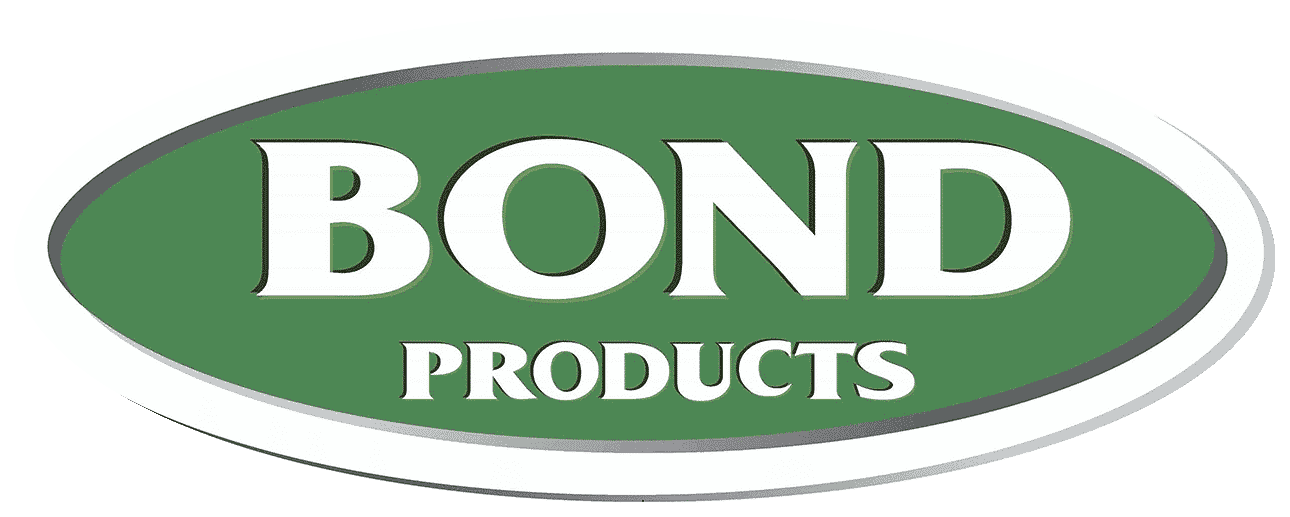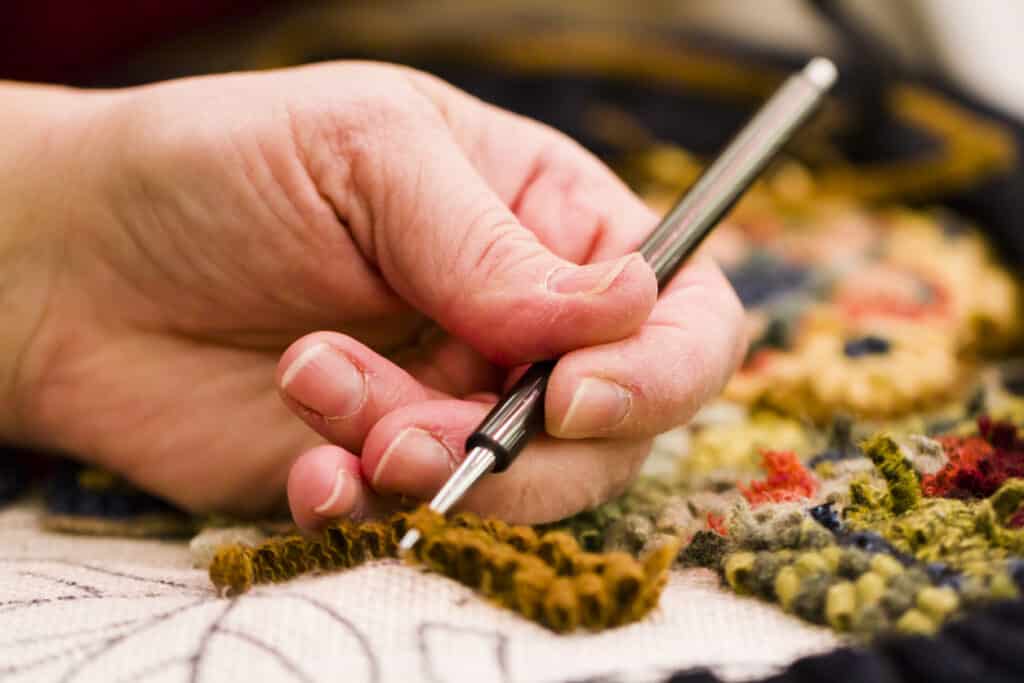Last time we discussed the practical old art of rag rug making. So many of our crafts come from meeting a specific need that people had in living day to day, and over time, as our lives became more affluent and people had access to better resources and materials, craft became art. Today many hooked rug makers are artists using a cloth medium. Let’s explore how this art originated.
It’s easy to understand a need for carpet. Floors are often cold without them, and every hard floor needs a nice area rug. The materials needed for making a hooked rug are rather simple: some kind of hooked tool, rougher woven material for the backing, and pieces of fabric for the face of the rug. This last was often strips of wool from old blankets or discarded clothing. Rug hooking appears to go back in time to at least as early as the third century A.D. when the Copts were practicing it. People in the British Isles also made these sorts of rugs as sort of disposable flooring. They would get too dirty to clean and so new rugs would have to be regularly made for the floor during slower times of the year like the dark days of winter. These rugs were probably quite a lot less artistically made since they didn’t last.
The Artistry of Rug Hooking
American hooked rugs became more decorative and artistic in expression over time. In the new world, people often used burlap sacks for the backing of hooked rugs because it’s what they had lying around. Many edible goods were shipped in burlap sacks, including rice, wheat, flour, sugar, coffee, and livestock feed. This gave the poor a free medium with which to work. Prior to that, they would have had dirt or bare floors in their houses or tenements.
Not only was burlap now available, but fabric scraps were as well. The wool from blankets or clothes was still used, but cloth manufacturing brought down the price of other fabrics as well, particularly for scraps or remnants.
In the nineteenth century, new synthetic dyes were being developed in the laboratory. This meant that a variety of new colors were available for rug hookers to use. These colors created a palette from which to create flowers, trees, and other natural scenes. People and pets were remembered in cloth, and important dates or historical events were recorded. Every house could have a little bit of art now, either on the floor, on the bed, or on the wall.
If you are near to completing your hooked rug project, Bond Products has a number of binding tapes and equipment available to finish your rug so that it looks neat and beautiful wherever you choose to place it in your home.


